When I first arrived in Phnom Penh back in 1991, I knew little of the history of Cambodia except the tragedy of the Khmer Rouge. I also had a vague idea of a temple complex at Siem Reap.
Access to the temples was still limited back then. And no tourists travelled to Phnom Penh. The United Nations UNTAC force that would establish a fragile democracy in Cambodia was still being finalised.
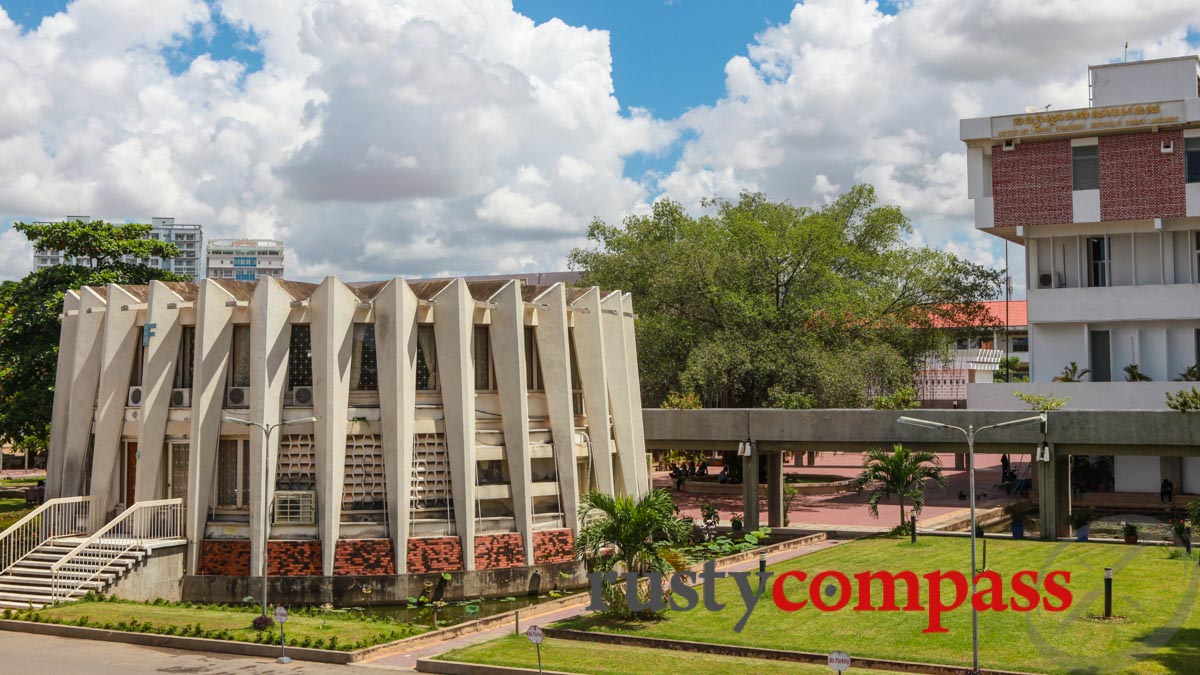
Photo: Mark Bowyer Royal University of Phnom Penh Institute for Foreign Languages
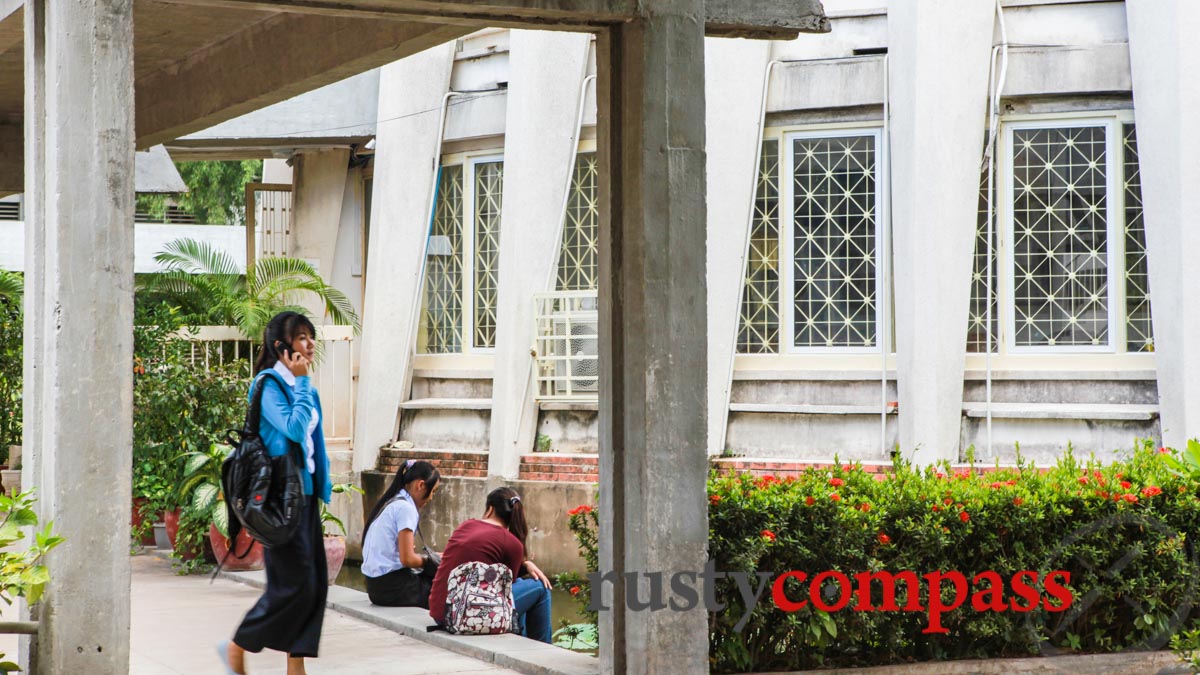
Photo: Mark Bowyer Royal University of Phnom Penh Institute for Foreign Languages
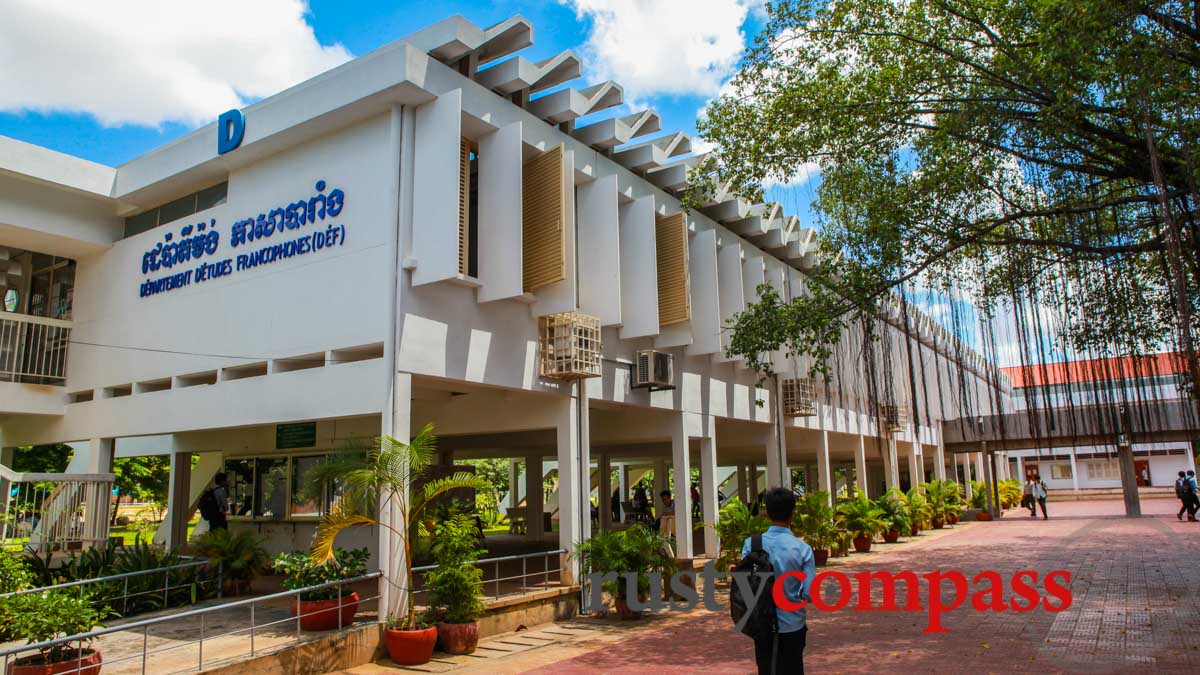
Photo: Mark Bowyer Royal University of Phnom Penh Institute for Foreign Languages
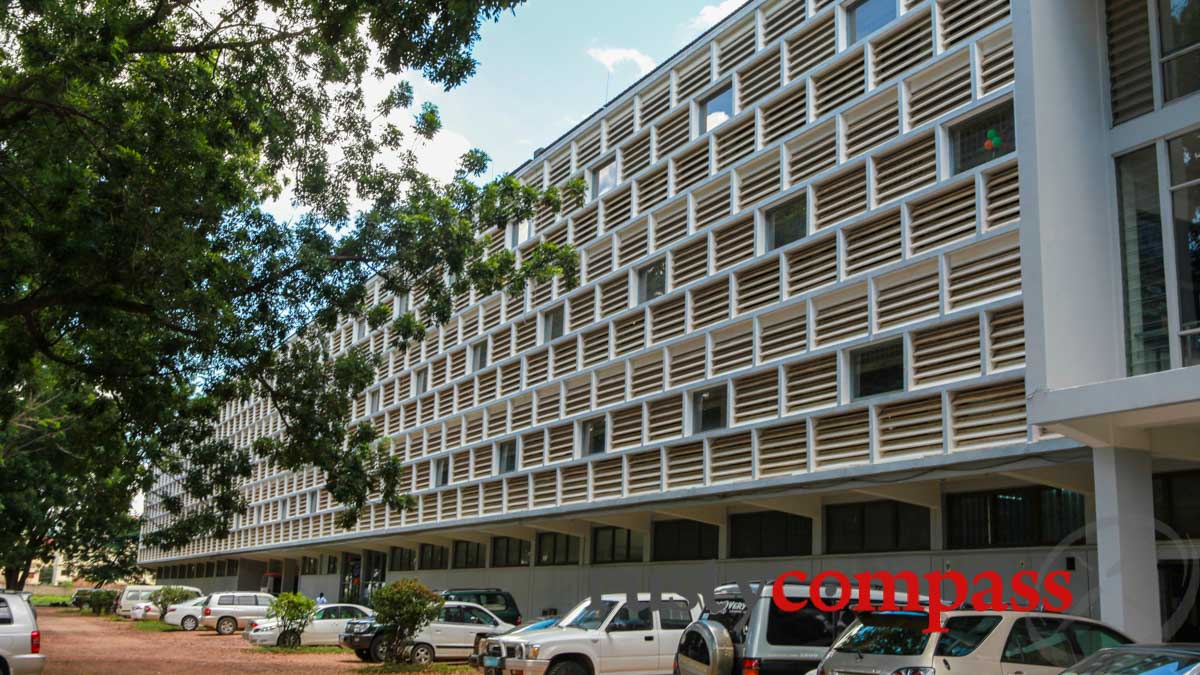
Photo: Mark Bowyer Royal University of Phnom Penh
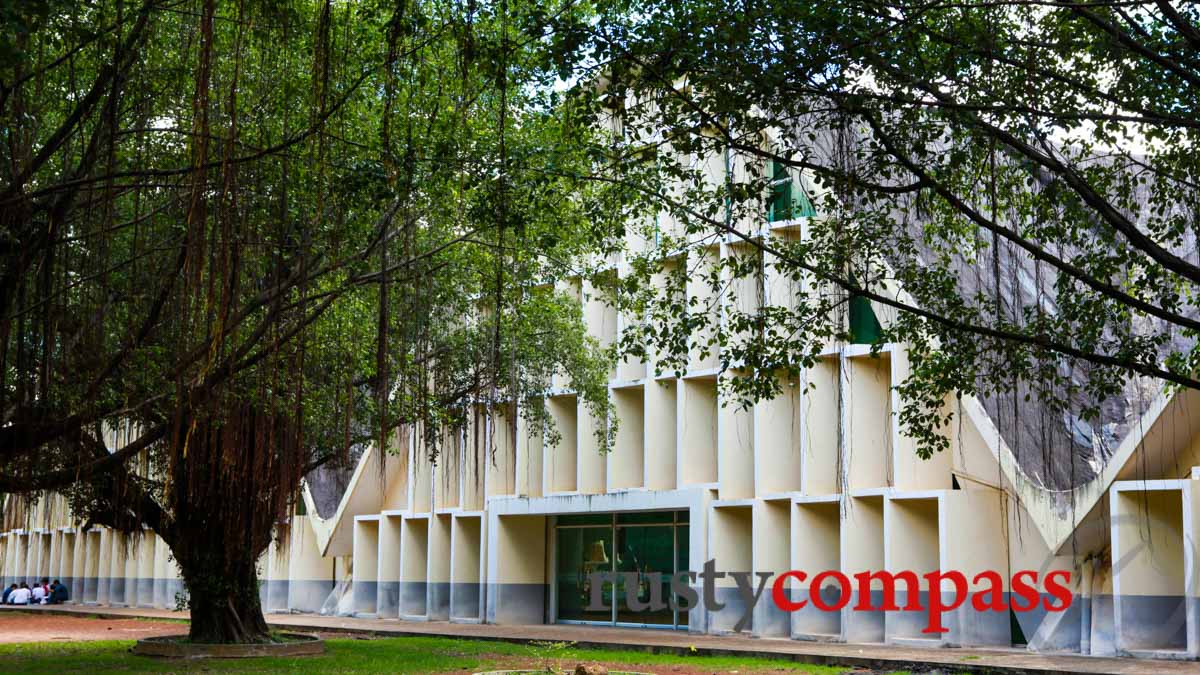
Photo: Mark Bowyer Vann Molyvann's Institute of Foreign Languages, Phnom Penh
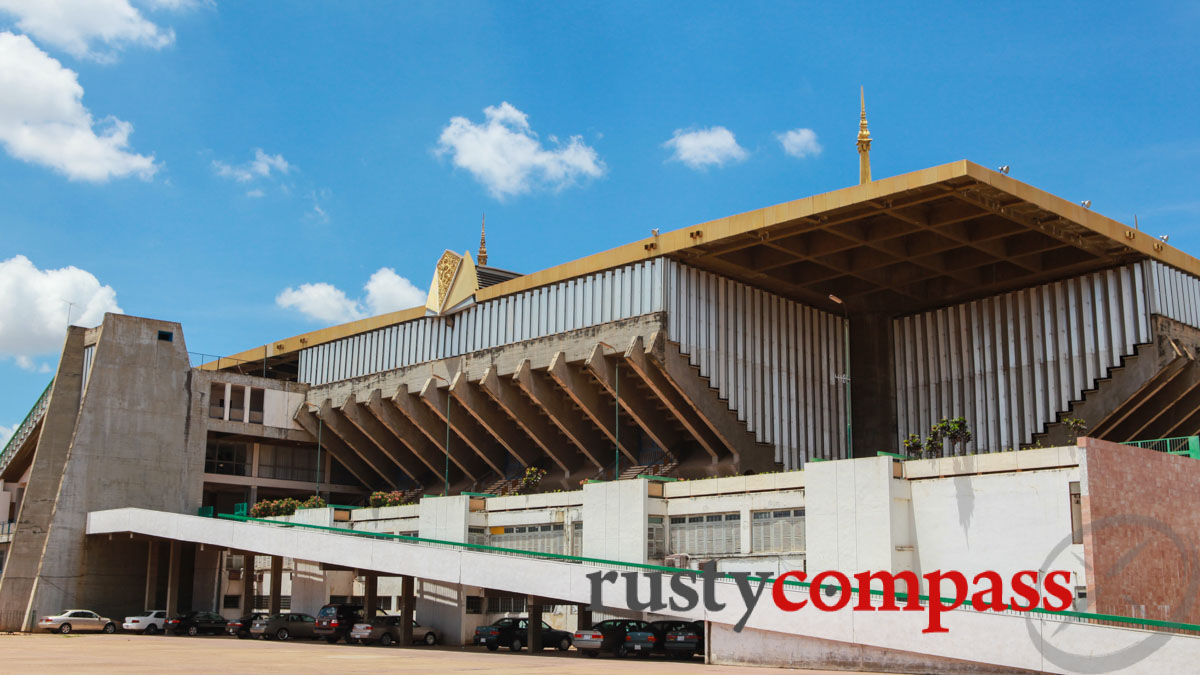
Photo: Mark Bowyer Vann Molyvann's Olympic Stadium, Phnom Penh
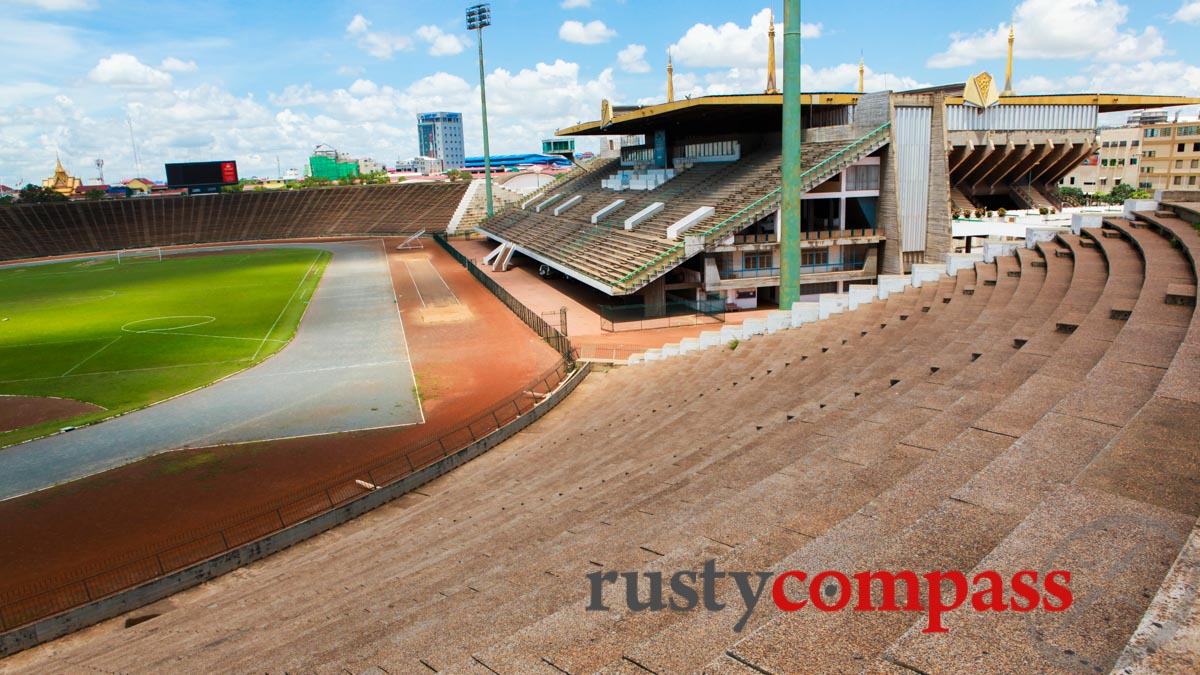
Photo: Mark Bowyer Vann Molyvann's Olympic Stadium, Phnom Penh
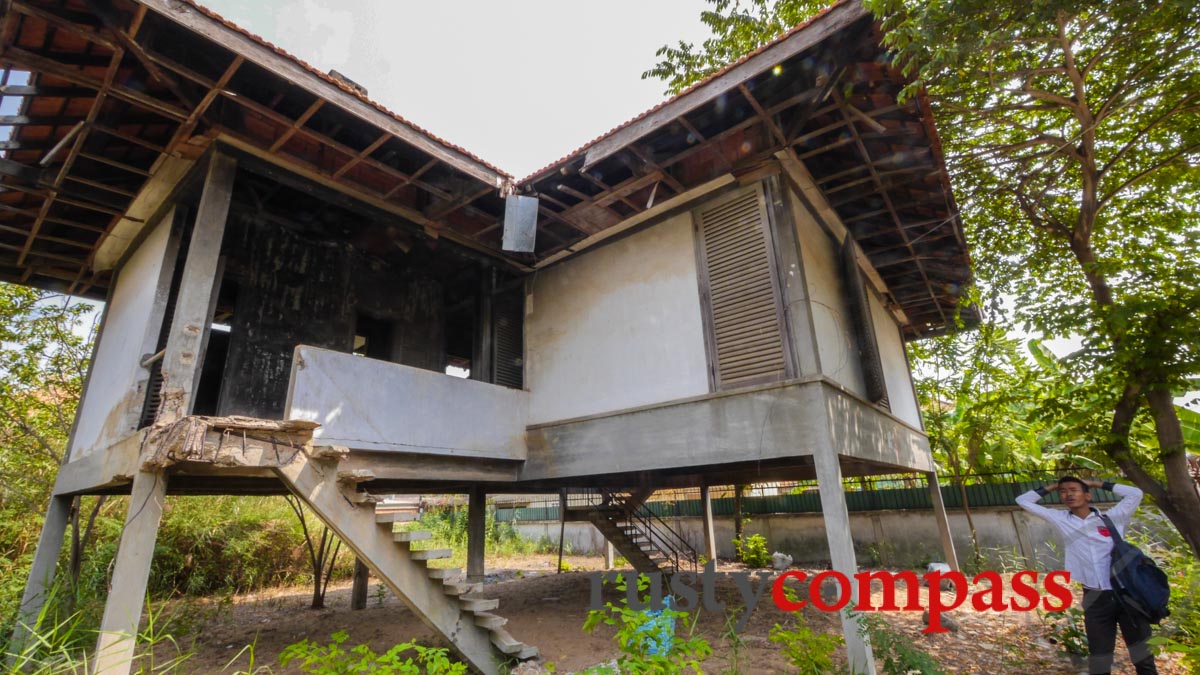
Photo: Mark Bowyer From the1960s, Vann Molyvann's National Bank of Cambodia housing project.
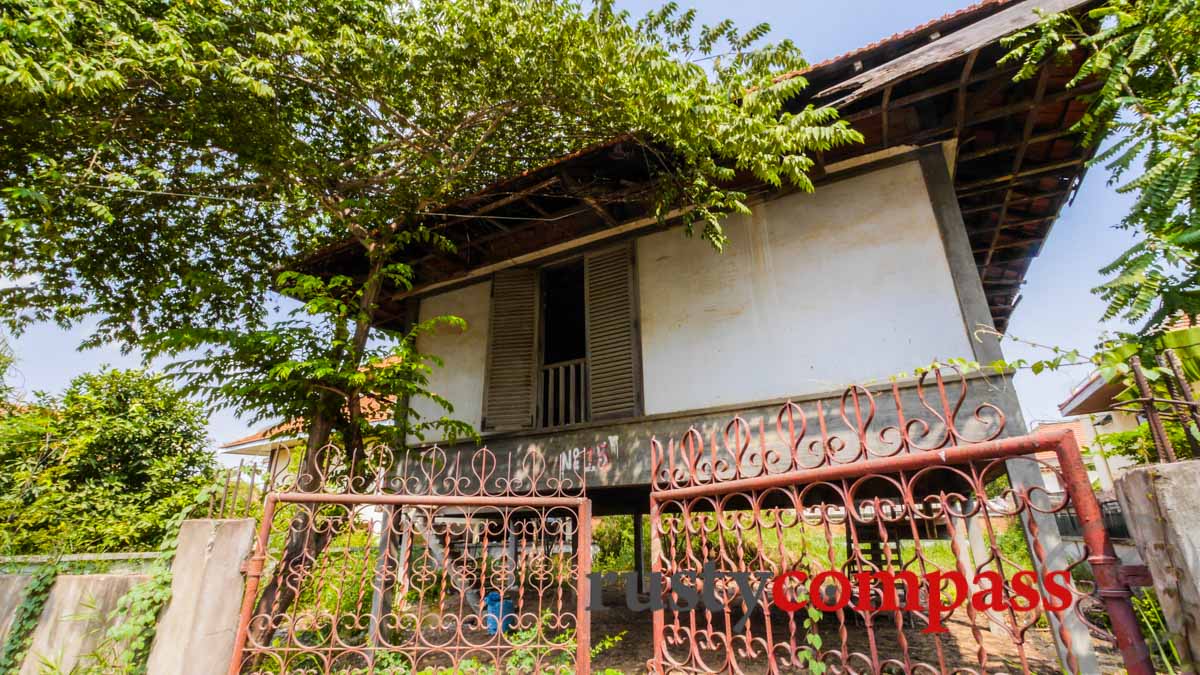
Photo: Mark Bowyer Vann Molyvann's National Bank of Cambodia housing project.
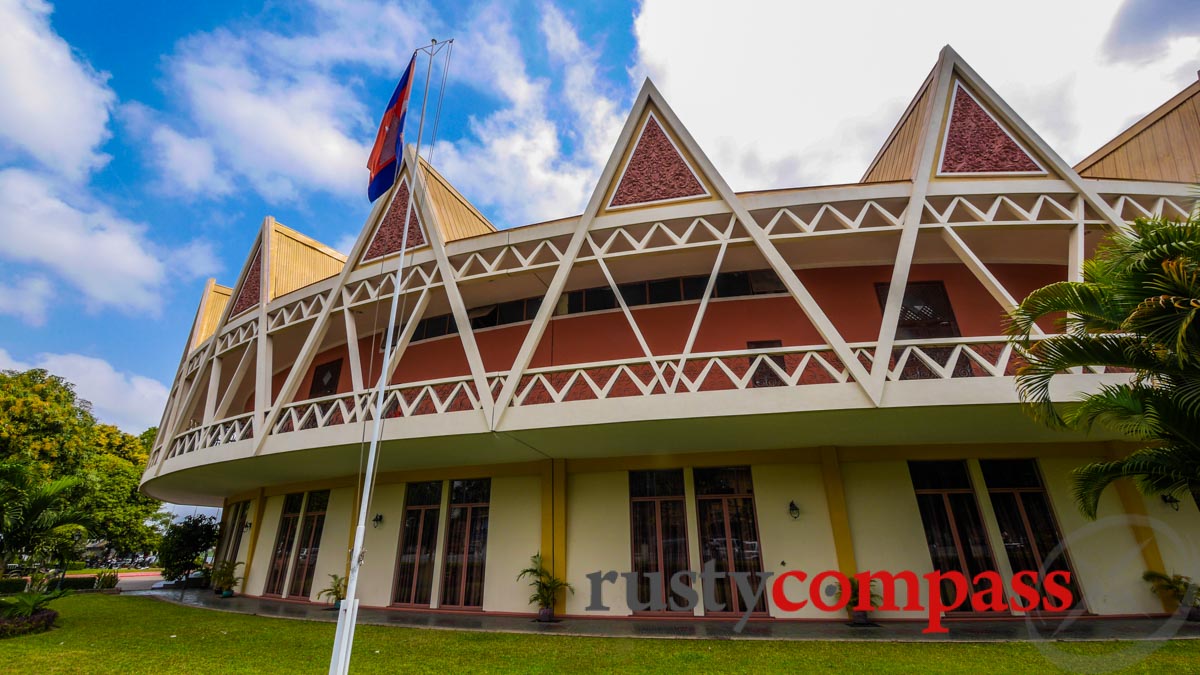
Photo: Mark Bowyer Vann Molyvann's Chaktomuk Conference Hall, Phnom Penh
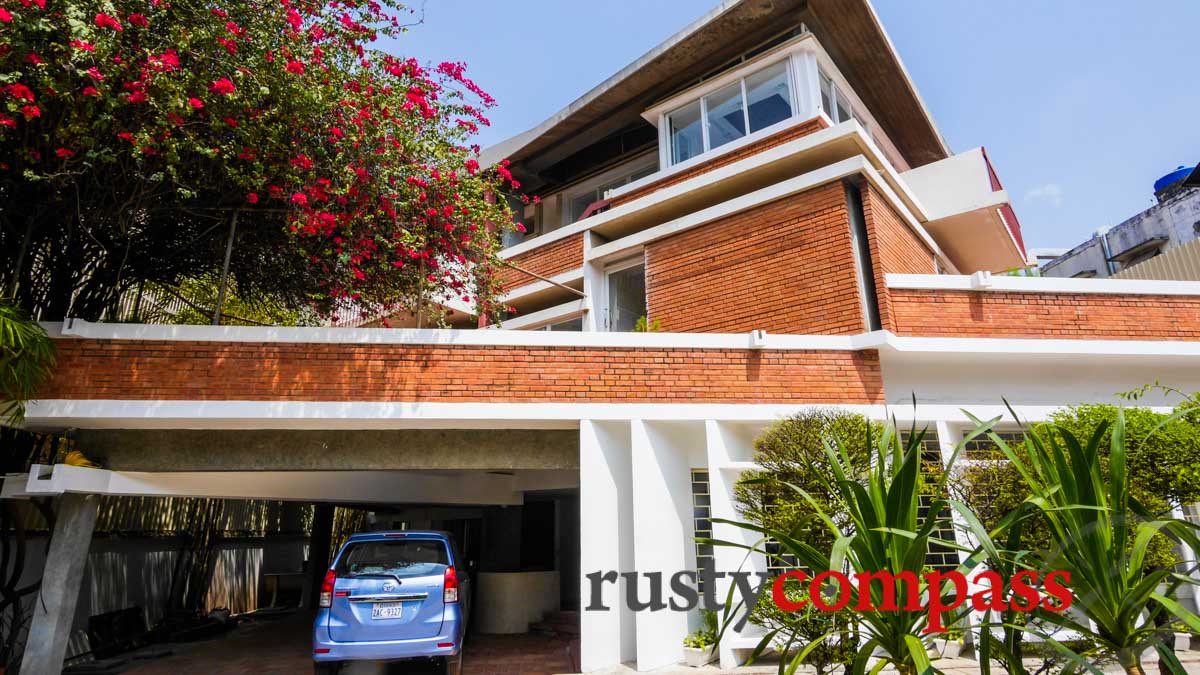
Photo: Mark Bowyer Vann Molyvann's former residence in Phnom Penh
It was more than 10 years later that I started to read about Cambodian modernist architecture. I'd been noticing it for years, especially Vann Molyvann's university complex - which you pass on the way to the city from the airport.
I didn’t especially like the look of these buildings back then. But they seemed to reference something about Phnom Penh that was disconnected from the little I knew of the city. I knew nothing of the man, the modernist tradition, or the brief, hopeful period of Cambodian history it represents.
The Man Who Built Cambodia - Preview from Balrom Films on Vimeo.
It took years for me to develop an appreciation of Cambodian modernism - or any kind of modernism. In the 1990s, most foreigners were only interested in Cambodia's French colonial architecture.
Modernist buildings were often incorrectly assumed to be inspired by the Soviet Union - Cambodia’s main benefactor during the 1980s.
Discovering a vibrant, locally led, architectural scene was a real eye-opener. Not only is the architecture significant and beautiful, it symbolises an intriguing and hopeful period of history between French colonialism and the civil war that brought the Khmer Rouge to power.
One of the most fascinating and alarming things about Cambodia's catastrophic late twentieth century history, is that none of it would have seemed plausible, let alone predictable, in the 1950s. There was nothing inevitable about the Khmer Rouge tragedy.
We tend to assume that a country that descends into genocidal terror will have been a basket case for decades before. That was not the case in Cambodia. And Vann Molyvann's life and work offer a warning of how quickly a period of optimism and hope can turn to disaster.
In the 1950s, post-independence Cambodia was a new state with new institutions. By all accounts it got off to a pretty good start. But few newly created small states could have withstood the calamitous spillover from the Vietnam War that ultimately destroyed Cambodia.
After returning from studies in France in 1956, Vann Molyvann was appointed Chief Architect in Norodom Sihanouk’s post-independence government. He set about building the landmarks that defined Phnom Penh for decades - with their uniquely Cambodian and modernist character. Many of them are still standing.
Sihanouk pursued an ambitious programme of education, public works and investment in the arts. He was a great admirer of Vann’s work.
Vann left Cambodia for Switzerland after Lon Nol’s 1970 coup. The coup deepened Cambodia’s involvement in the Vietnam War, ostracised Sihanouk, and fuelled the expansion of the Khmer Rouge.
He returned in 1991 at the beginning of the UN peace process and served as Minister of Culture. He went on to be a key figure in the establishment of the Apsara Authority, responsible for the administration of the Angkor temples.
During the past decade, a number of Vann Molyvann’s creations have been demolished. Others are threatened. The power and prestige he enjoyed in the 50s and 60s and again in the 90s, has passed. Cambodia remains in complicated political territory.
But Vann Molyvann is widely admired in Cambodia and abroad.
As cynical, short sighted development blights cities from Phnom Penh to Saigon to Sydney, the creative generosity, dedication and skill of Vann Molyvann is inspirational. Make sure he’s a part of your travels in Cambodia.
The short trailer above from a documentary about Vann Molyvann, will give you a sense of his accomplishments and his charisma.
Vann Molyvann’s work is still visible in Phnom Penh (some buildings have been demolished). Click here for information on architectural touring ideas, including those focused on the New Khmer Architecture.

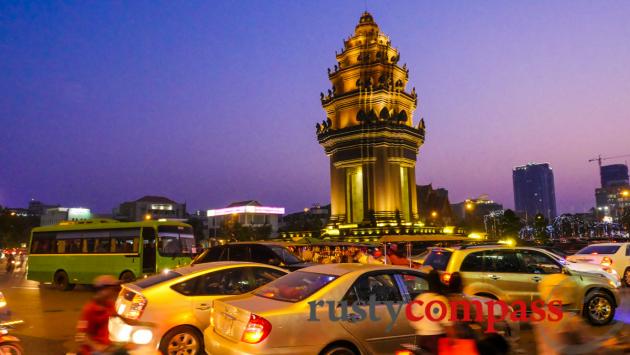



1 comment so far
Once, my son asked me that <a href="https://architectureforlondon.com/news/house-extension-costs-in-london/">how much does a house extension cost</a> because we live in a small home, and he wants a separate room for himself. Therefore, I found it necessary to call an experienced architect to inspect the space and provide home expansion ideas that can be applied easily.